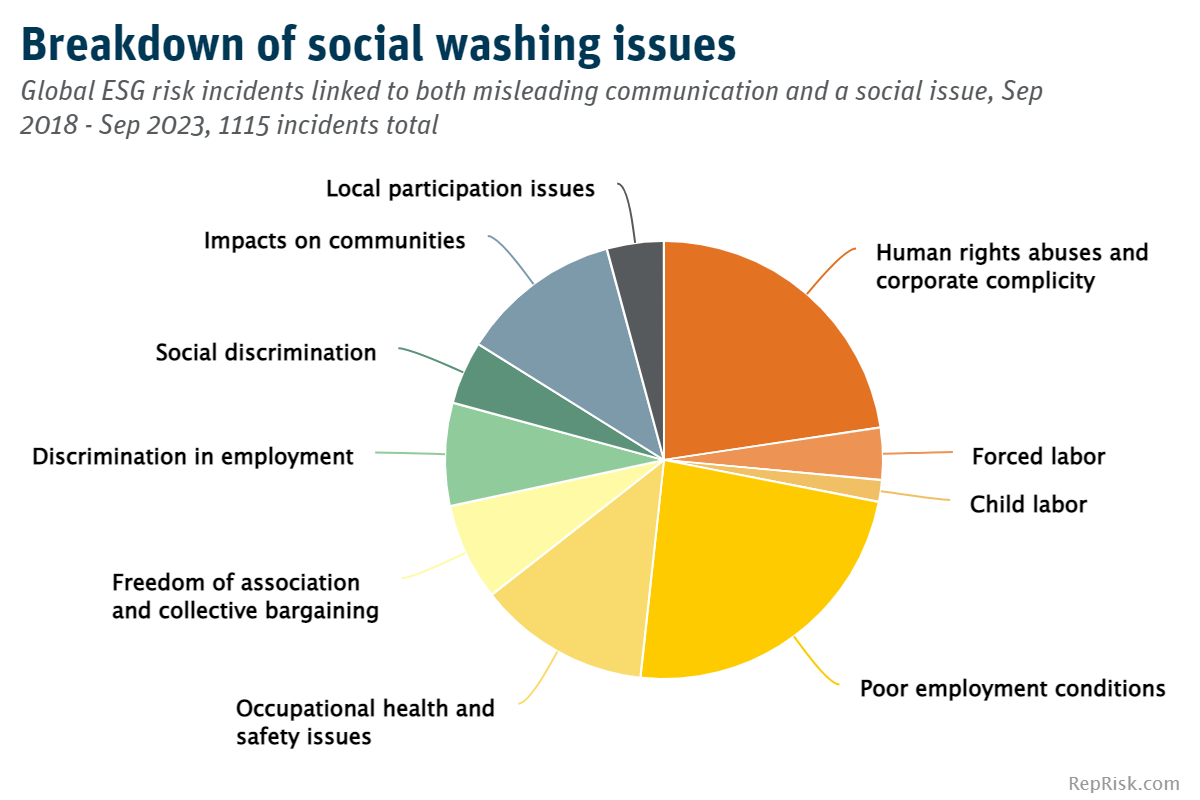
What are human impacts on biodiversity?

Human impacts on biodiversity are extensive and multifaceted, contributing significantly to the loss of species and ecosystem degradation. The major factors can be summarized using the HIPPCO acronym:
-
Habitat destruction: This involves the destruction, fragmentation, or degradation of natural habitats due to urban development, agriculture, and logging. For example, the clearing of tropical rainforests for palm oil and soybean cultivation has led to significant biodiversity loss13.
-
Invasive species: Non-native species introduced to ecosystems can outcompete native species for resources and spread diseases, disrupting ecological balance. The Burmese python in the Florida Everglades is a notable example1.
-
Pollution: Release of toxic chemicals, plastic debris, and other pollutants harms or kills animals and plants. The Great Pacific Garbage Patch is a significant example of plastic pollution affecting marine life1.
-
Population growth: Increased human population leads to more land use for housing and agriculture, causing habitat loss and resource overexploitation3.
-
Climate change: Changes in temperature and precipitation patterns disrupt ecosystems, affecting species' survival and adaptation12.
-
Overconsumption: Overexploitation of resources, such as overfishing, further threatens biodiversity2.
These impacts not only harm ecosystems but also have cascading effects on human well-being by reducing ecosystem resilience and the services they provide, such as clean water and air5.